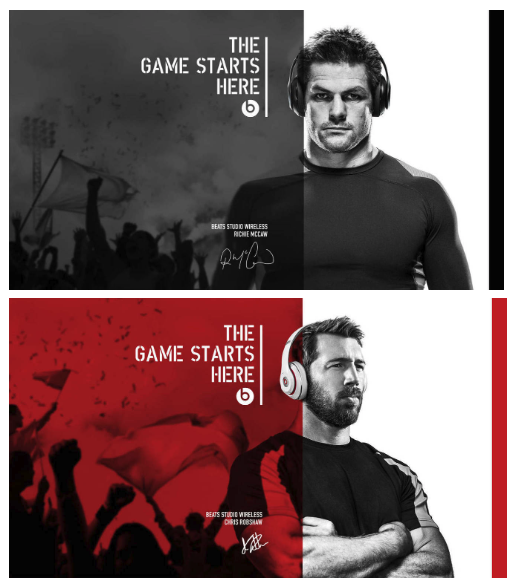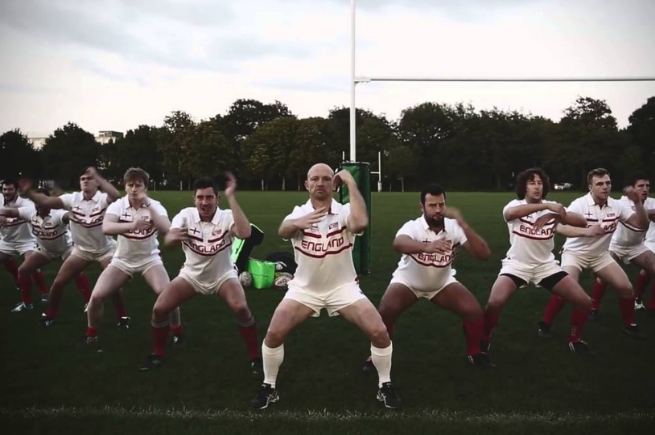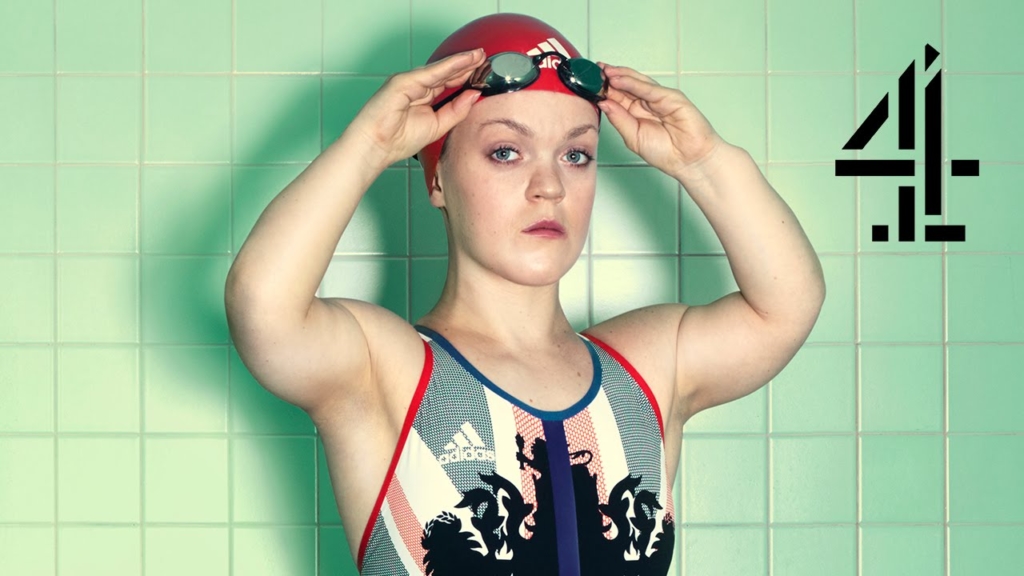5 things Japanese brands need to know about overseas rugby fans
With the 2019 Rugby World Cup just a few months away, the eyes of rugby fans around the world turn towards Japan – providing an exciting opportunity for domestic brands to start talking to new international audiences.
Scoring a try with international audiences
The awesome insight team here at Unruly has been doing some digging… and we’ve come up with a guide to help Japanese brands navigate the challenges of reaching and engaging overseas markets. Sponsors and non-sponsors alike can make the most of this sporting tentpole event – many of the most popular videos from previous tournaments were from brands who weren’t official sponsors.
We’ve focused on three rugby loving markets – the UK, Australia and New Zealand. To understand the differences between audiences in these markets and domestic Japanese audiences we’ve analysed two of the most popular videos from the 2015 Rugby World Cup.
Beats by Dre burst onto the rugby scene with two iconic videos featuring captains Chris Robshaw (England) and Ritchie McCaw (All Blacks).
The brand wasn’t one typically associated with the sport so they had an uphill struggle to create content that would engage rugby fans who didn’t know the brand and Beats fans who didn’t care about rugby. ‘The Game Starts Here’ campaign tells the pregame stories of some of rugby’s biggest athletes, and how for the UK and NZ captains, the path to victory begins months before the tournament.

The campaign delivered results for the brand – garnering 32M online views and a PR reach of 663M – which helped the brand grow its fan base by 454K, and led to 25% growth in e-commerce sales. (Source: Beats)
So without further ado… here are our 5 top tips:
1 – Targeting is crucial: know who your audience is and where to find them
Rugby does not have the broad appeal of the Olympics or football, enthusiasts are less common so finding them is crucial – especially if your ad relies on assumed knowledge or celebrity. New Zealand is an exception to this rule – it is a small market where you’d be hard pressed to find someone who wasn’t a fan. This helps to explain the differences in campaign results for our test videos.
The UK version of The Game Starts Here saw higher views on Facebook (10M) than the NZ version (6.3M) – suggesting higher media spend in the UK. However, the NZ version had far more engagement on the platform – 72K vs. 28K for the UK. The UK campaign may have seen better engagement if media spend had been more targeted.
| Views | Engagement | Engagement Rate | |
| NZ | 6,350,309 | 72,195 | 1.14% |
| UK | 10,139,207 | 27,827 | 0.27% |
2 – Culture matters: understand the leanings of your audience
Culture plays a huge part in how video content is received by viewers – even small differences in the cultural leanings of an audience can lead to big differences in how they respond.
Our cultural analysis, which utilises the Hofstede Insights cultural framework, identified Individualism – whether people think of themselves as ‘me’ or ‘we’ – as one of the key cultural dimensions at play in our test videos.
Our testing found that audiences in the UK, AU and NZ tend to lean more towards individualism than Japanese audiences – so the campaign did well to focus on the individual challenges and pressures on the team captains. By contrast – if the campaign were to have a Japanese iteration, the brand might want to focus more on the team.
Another important cultural dimension for these videos was Badge Appeal – the extent to which viewers are influenced by the glamour and allure of labels (fashionable) or not (functional). Viewers in New Zealand tend to lean slightly more towards fashionable than viewers in the UK and AU – so the use of celebrity worked better in New Zealand than other markets.
Viewers in Japan lean even further towards fashionable, so this was an element that worked in the ads favour when we looked at Japanese audiences.
3 – Emotion drives impact: make the most of viewers’ heightened emotional states
Like all sporting ads, rugby ads tend to over-index for emotional response and ads that evoke an emotional response drive sales (Nielsen).
The key emotional responses to rugby ads are inspiration, pride, happiness and warmth – ads that tap into these emotions tend to do well. Many rugby ads focus on national pride – including both test videos, however, it’s worth also considering other less utilised emotions such as humor.
UK clothing brand Jacamo used humor very effectively with its Hakarena ad – the ad saw 1 million views on Facebook and over 25K engagements – a rate of approx. 2.5%. Ads that seek to use trickier emotions – such as humor – should be pre-tested before distribution to ensure the assumed response matches the actual response.

Some emotions cross borders better than others – we all cry for the same reason, but what one nation finds hilarious, another might find distasteful. While this video was well received, for the most part, it did get mixed reactions in some circles – with netizens claiming it was disrespectful to Maori traditions.
4 – Set clear KPIs: short term sales vs. long term brand building
Our recent research with the IPA and marketing consultant Peter Field, has confirmed the link between video content and real-world outcomes but has also highlighted the need for clear KPIs.
Viewer responses to video content that is linked to short term effects i.e. a spike in sales are very different to the responses linked to long term brand building effects like a reduction in price sensitivity or brand fame and differentiation. Click here to download the full research.
If short term sales are the goal – ensure good product integration, to avoid viewer confusion, clear branding so ads won’t be wrongly attributed to a competitor and consider using humor as an emotional driver.
Don’t be afraid to be divisive – our research found negative responses were positively correlated with short term sales – in fact, contempt was the number 1 response, and humor was number 2.
If long term brand building is the goal – utilise positive emotions and ensure you have a compelling narrative that has broad appeal. Themes that work particularly well for rugby content are overcoming adversity and supporting an underdog.
Taking advantage of national pride is another tried and tested winning formula for rugby ads – both Beats videos used national heroes as their main protagonist.
5 – Plan your media: think carefully about when to launch your content
You need to ask yourself which part of the action you want your brand to be associated with – the anticipation, the action or the celebration – and plan your distribution strategy accordingly.
Naturally many brands focus their efforts on the weeks surrounding the actual tournament, but launching during a period when other brands are less likely to be active can help you stand out. Launching early in the build-up gets you first mover advantage, whilst launching around the final allows you to play a part in the celebrations.
The Olympics sees intense ad clutter – brands that opt to advertise during the peak two-week window face fierce competition. UK brand Channel 4 kept its ‘We’re the Superhumans’ ad under wraps until right at the end of the tournament, to avoid being lost in general content shock.

It was a clever strategy – the ad clocked up an engagement rate of 3.2% and a 40% share of voice for video content across the whole tournament.
Happy advertising!
To find out more, get in touch.
